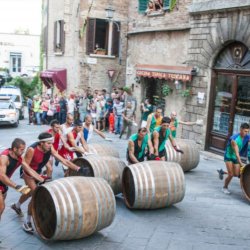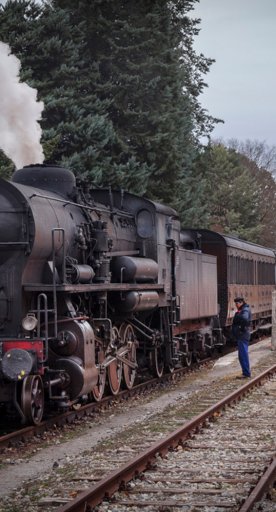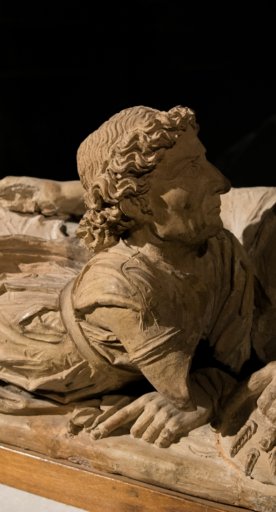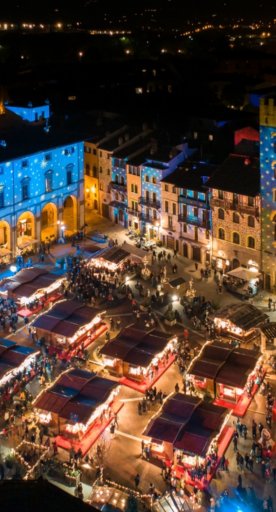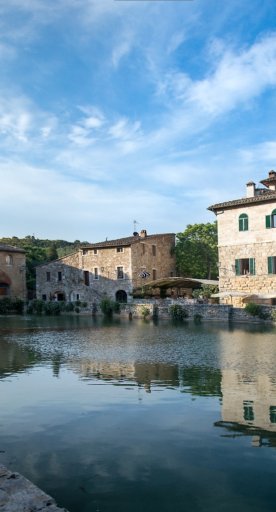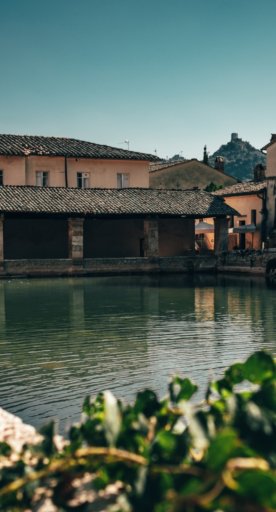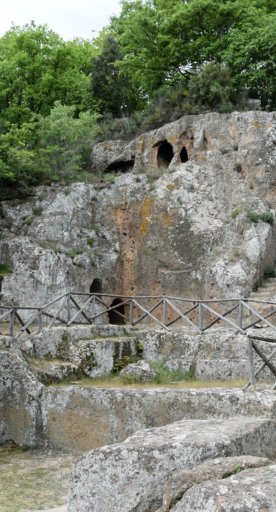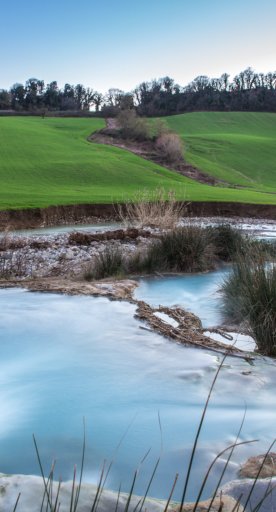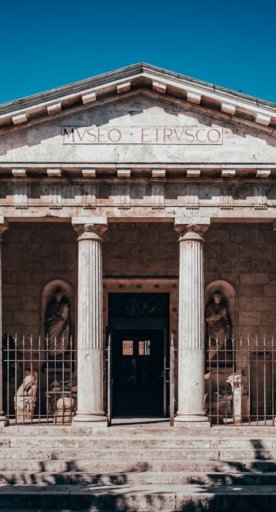

LGBTQ+ Etruscans: discovering an ancient civilization
Three unmissable places to learn about LGBTQ+ love stories in Etruria.
If there’s any region where we can find traces of the ancient Etruscan civilization, it’s Tuscany. We still don’t know much about the Etruscans, which makes their civilization all the more fascinating and mysterious. We owe everything we know to the necropolises that reveal their stories through artefacts, frescoes and finds of all kinds.
The Valdichiana Senese is one of the most interesting areas for those who want to learn more and perhaps understand how the Etruscans used to love each other. To do so, we’ll tell you about three unmissable places to learn about LGBTQ+ love in Etruria.
-
1.The National Museum of Archaeology in Chiusi
-
2.The Infernal Quadriga of Sarteano
-
3.The Archaeological Museum of Chianciano Terme
The National Museum of Archaeology in Chiusi

We begin our journey by visiting the National Museum of Archaeology Chiusi. The museum houses a collection of Etruscan, Roman and Lombard artefacts of great importance. These include jewellery, canopic jars and Attic black and red-figure ceramics.
Among the museum’s displays there are many artefacts that reveal the lives of the Etruscans and among these, in display case 25, you can see several kylix (ceramic wine cups) depicting homoerotic scenes such as naked athletes excercising, symposiums and even dances with satyrs and maenads. There’s no shortage of classical images such as Hercules, Apollo, Hermes and other mythical characters linked to LGBTQ+ culture.
The Infernal Quadriga of Sarteano

The Infernal Quadriga of Sarteano is one of the most incredible finds of Etruscan art in the last 20 years. The discovery was only made in 2003 and brought light to a tomb dug into the travertine at a depth of 5 metres and decorated with an exceptional pictorial sequence that doesn’t seem to have been affected by time.
When entering the tomb, you immediately recognise the quadriga led by the demon of death, Charun, the Etruscan equivalent of Charon. A few steps ahead, however, you find yourself in front of a painting that leaves little to the imagination, a male couple, most likely the deceased, lovingly exchanging an eternal embrace. Scholars haven’t yet established whether this is a father-son relationship, but the tender and loving embrace makes many people believe that this is a couple in love.
Visits to the Quadriga Infernale are limited to preserve the fragile beauty of the site and can be booked by following the instructions on the Archaeological Museum of Sarteano website. Alternatively, you can admire the reproduction of the tomb made in 2009, located on the lower floor of the Sarteano museum.
The Archaeological Museum of Chianciano Terme

Another place not to be missed is the Archaeological Museum of Chianciano Terme. The museum is housed in a former 19th-century granary and boasts the world’s most famous collection of Etrustcan canopic jars. The museum has four floors where it is possible to admire artefacts, reconstructions and grave goods useful for understanding this mysterious civilisation. There are also votive sculptures for the gods dear to the culture of the LGBTQ+ community. Among these is the face of Tinia from the Etruscan Temple of Fucoli, dating from the 2nd century BC. Tinia was an Etruscan god equivalent to Zeus, whose love for Ganymede we have already mentioned thanks to the painting on display in the Uffizi Gallery.
Another work that’s linked to the LGBTQ+ community is a black-figure amphora with satyrs and men in orgiastic poses, without any shame or fear of being judged.





